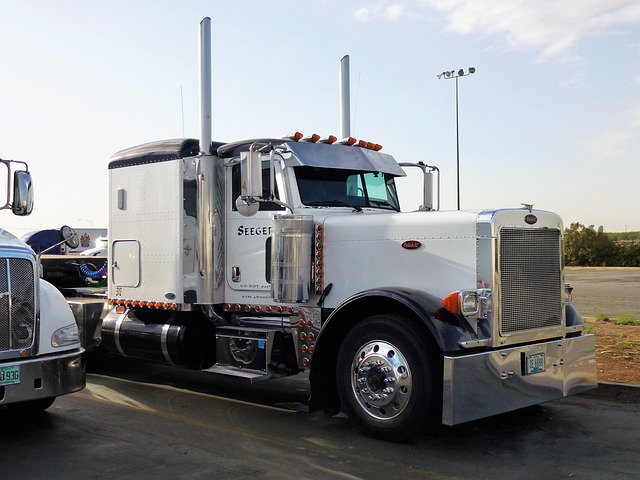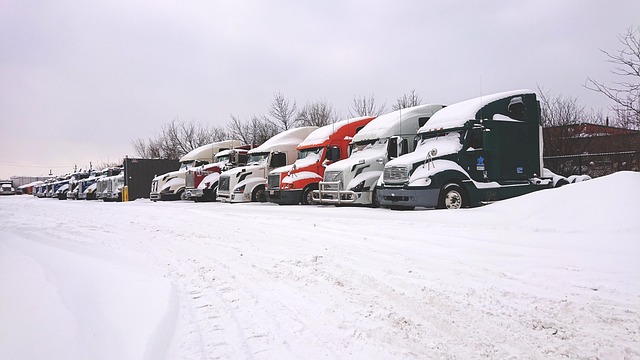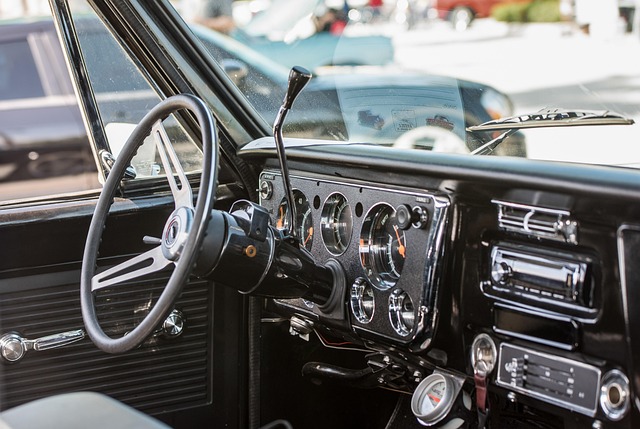Looking to register your car in California? This comprehensive guide walks you through the entire process, ensuring a smooth experience. From understanding crucial requirements to obtaining your license plate, we cover it all. Learn about the essential steps, including performing a DMV VIN verification, a critical step that ensures vehicle authenticity. By following these detailed instructions, you’ll be on your way to registering your vehicle efficiently and legally in California.
- Understand California Car Registration Requirements
- Gather Necessary Documents for DMV Visit
- Perform VIN Verification: Steps and Importance
- Complete Application Process at the DMV Office
- Obtain License Plate and Register Your Vehicle Online
Understand California Car Registration Requirements

Before registering your car in California, it’s crucial to understand the state’s specific requirements. The California Department of Motor Vehicles (DMV) mandates a thorough process that involves more than just filling out paperwork. One key step is the DMV VIN verification, where the vehicle identification number (VIN) is cross-referenced to ensure its authenticity and history. This process helps deter fraud and ensures you’re registering a safe, legal vehicle.
Additionally, a mobile vin verifier or vin inspection may be required in certain cases, especially for older vehicles or those with a questionable history. These services offer convenient and accurate VIN checks, streamlining the registration process. By adhering to these requirements, you’ll ensure a smooth car registration experience in California.
Gather Necessary Documents for DMV Visit

Before heading to the California Department of Motor Vehicles (DMV), ensure you have all the required documents for a smooth registration process. One crucial step is to obtain a Vehicle Identification Number (VIN) verification, which can be done through various methods, including a mobile vin inspection or visiting a DMV office for an in-person vin inspection. The VIN is a unique code that identifies your vehicle, and it’s essential during the registration as it helps verify ownership and ensure the car’s history is accurately recorded.
Gathering these documents is a vital part of the preparation process. You’ll need proof of identification (like a driver’s license or passport), proof of residency (such as a utility bill or bank statement), the vehicle’s title, and if applicable, a smog certificate. Additionally, having your vehicle’s service records on hand can expedite the dmv vin verification process, so consider bringing along any relevant maintenance documents.
Perform VIN Verification: Steps and Importance

Before proceeding with the registration process, it’s crucial to perform a DMV VIN verification to ensure the vehicle’s history is clean and it complies with California’s requirements. This step involves cross-referencing the Vehicle Identification Number (VIN) against official databases to check for any outstanding issues like theft, flood damage, or outstanding loans. The process is designed to protect both buyers and sellers by providing transparency about a car’s past.
To facilitate this verification, many individuals opt for convenient services like mobile VIN inspection or a mobile VIN verifier. These services allow you to complete the check quickly and efficiently from the comfort of your location. By leveraging technology, these solutions streamline the initial steps of vehicle registration, making it easier for California residents to navigate the process smoothly.
Complete Application Process at the DMV Office

To complete the car registration process in California, you’ll need to visit a DMV office and submit all required documents. The application process involves providing detailed information about your vehicle, including its make, model, year, and unique Vehicle Identification Number (VIN). This VIN is crucial for verification and ensuring the vehicle’s history is accurately recorded. A mobile vin inspection or mobile vin verifier can be a convenient option to have the VIN verified at your current location before visiting the DMV, saving time in line and simplifying the overall process.
During your visit, bring along essential papers such as proof of ownership, insurance, and identification. The DMV officer will guide you through the steps, which include filling out forms, paying registration fees, and possibly scheduling an appointment for a state emissions test if your vehicle is eligible. Remember to ask about any additional requirements or documentation needed based on your specific circumstances.
Obtain License Plate and Register Your Vehicle Online

After confirming your vehicle’s ownership, it’s time to obtain a license plate and register your vehicle online. The California Department of Motor Vehicles (DMV) offers a convenient way to complete this process digitally, allowing for faster and more efficient registration. Start by performing a DMV VIN verification using your vehicle identification number (VIN). This step is crucial as it ensures the accuracy of your vehicle’s details and helps in identifying any potential issues or discrepancies.
Once you have verified the VIN, proceed with the online registration process. Here, you’ll need to provide essential information about your vehicle and personal details. The mobile vin verification process is straightforward and can be done from the comfort of your home, making it an appealing option for those who prefer a hassle-free experience. Alternatively, you can opt for a traditional vin inspection at a DMV office, but online registration is faster and often more cost-effective.
Registering a car in California involves understanding key requirements, gathering essential documents, and completing a straightforward application process. After performing a crucial dvm VIN verification, you can secure your license plate and finalize the registration online. This efficient system ensures that California residents can quickly and legally register their vehicles while adhering to state standards.
